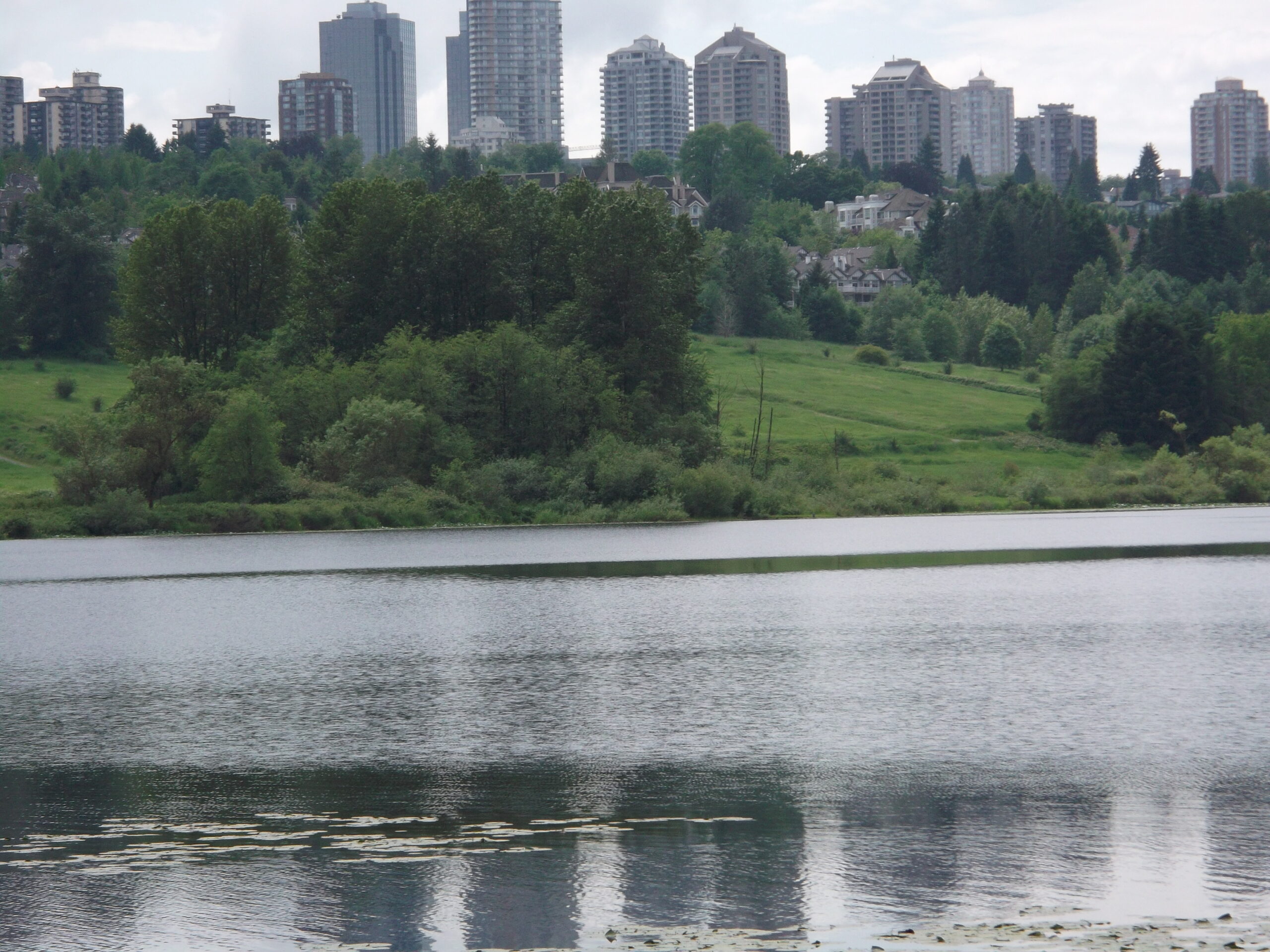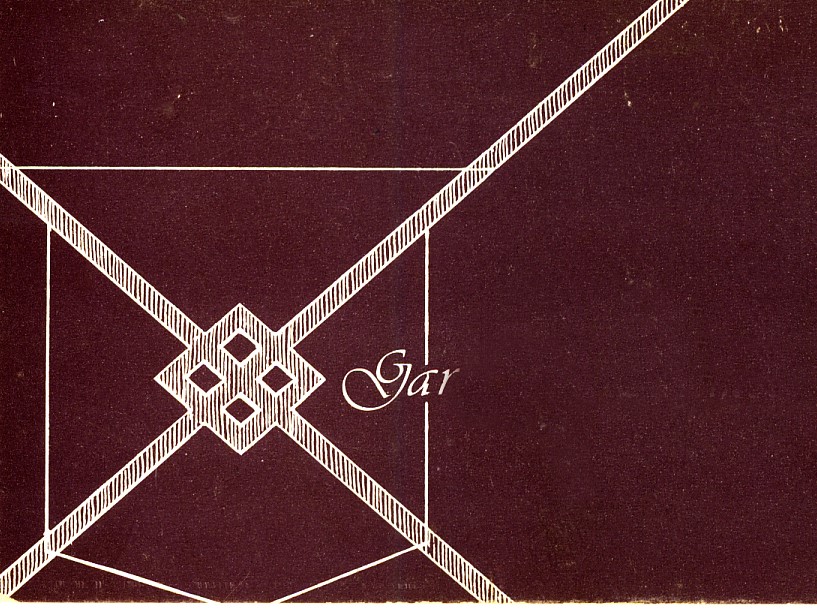I’ve been thinking about the settings that novels use. In my own stuff, I see a basic dichotomy in imagery, a polarization between positive and negative settings whether it’s a city setting of alleys and parks or a more natural one of forest and farm. And since I know that I use imagery to reveal characters’ feelings, I want to talk about how that works.

I use the natural world as a kind of objective correlative for feelings, and I think that sort of image use gets into everything from literature to the kind of world we build for ourselves. Think about it. How else could you make feelings visible when you write fiction other than by creating a link between an abstract inner world and a concrete outer one. And that kind of thing bleeds over into social custom: weddings are usually in spring, we drag in green trees at the winter solstice to suggest the idea of a green warm world, a kind of wish fulfillment.
All of this transference involves the natural world, the flow of the seasons, the cycle of the day, all of it circular, recurrent. Even in cities, we express ideas through what we build. Think about how cities develop. There is the downtown area, the world of the functionary, the place where we identify ourselves by the functions we perform. There’s a geometry to the place. It’s built in a grid network, blocks of buildings that are themselves usually blocks. It’s an isolating geometry suitable perhaps to the way we see ourselves there. Identity by function, then, seems to bring about that kind of world.
The other side of the equation we see reflected in a different kind of setting, a more human one. It’s a place in which we identify with others, like family, and it is expressed in a different kind of geometry. We see that geometry revealed in the suburbs where we live and where our function isn’t so much how we identify ourselves as is our humanity. Ever driven in a suburb? Endless curved streets leading in circles. It’s a different architecture. Curves are geometric elements that integrate rather than isolate. So look at the distinction: function equals an isolating geometry expressed in grid networks and a more human expression of ourselves equals curvilinear forms expressed in the design of suburbs.
We put parks and gardens in the center of cities to express an imaginative need to be more than our function. A kind of symbolic reminder of who we really are. Why else would we give up such immensely valuable land to grow grass and a bunch of flowers? I believe that such expressions are a necessary part of how we see ourselves.
If we look to the seasons and the core of western myths, we find the same dichotomy. spring and summer set over against fall and winter, the garden set over against the wasteland, the upper world set against the lower one. We’re going to find that juxtaposition in the monomyth, the one-story idea that people like Joseph Campbell write about. But that’s another column.
The abstract captured in the concrete, feelings captured in objects, one identified with the other. Surely, that’s how literature works. If we look at the great quest stories, we find that polarization. The hero descends into the underworld, goes through a series of adventures, and overcoming all obstacles returns to the upper world transformed. It’s a way of describing our own journeys, repeated endlessly: our sinking into adversity and through our resolution of problems, our return to the surface. Upper and lower, garden and wasteland, the poles of imaginative experience as literature expresses them.

4 replies on “Imagery”
Good write-up. I definitely appreciate this website. Continue the good work!
I was excited to uncover this site. I need to to thank you for your time for this particularly wonderful read!! I definitely savored every part of it and I have you saved to fav to see new stuff in your site.
Good post. I learn something totally new and challenging on blogs I stumbleupon on a daily basis. Its always useful to read content from other authors and practice something from their websites.
Greetings! Very useful advice within this article! Its the little changes that make the most significant changes. Thanks a lot for sharing!